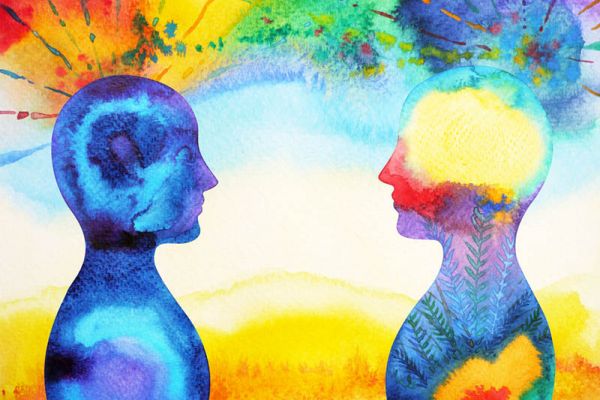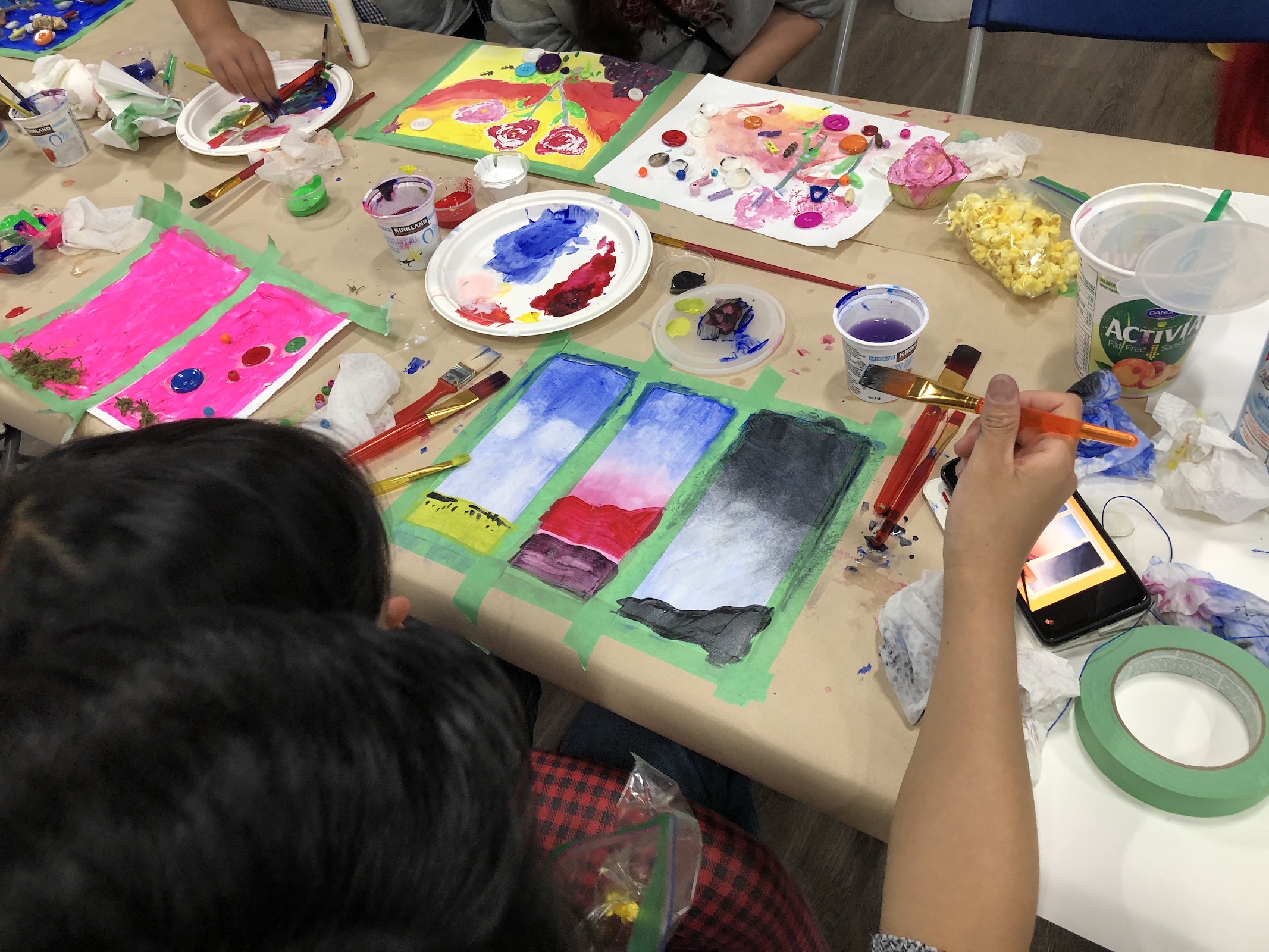
How Art can help your mental health
Art therapy importance
Introduction
In a world where stress and emotional struggles have become commonplace, finding effective ways to heal and cope is essential. One such transformative approach is art therapy—a creative and evidence-based form of therapy that utilizes artistic expression to promote emotional well-being. In this blog, we will delve into the world of art therapy, exploring its history, benefits, and real-life applications. So, let's pick up our paintbrushes and embark on a journey of healing through art.
What is Art Therapy?
Art therapy is a therapeutic practice that encourages individuals to express their thoughts, feelings, and emotions through various artistic mediums. It is facilitated by licensed art therapists who possess a deep understanding of the connection between art and the human psyche. Through the creative process, art therapy helps individuals explore their inner world, resolve conflicts, and develop healthier coping mechanisms.
The History of Art Therapy
The roots of art therapy can be traced back to the early 20th century, where psychiatrists and psychologists began recognizing the therapeutic potential of art. It wasn't until the mid-20th century that art therapy emerged as a distinct discipline, thanks to the pioneering work of Margaret Naumburg and Edith Kramer. Since then, art therapy has gained recognition as an effective tool in psychotherapy and counseling.
Benefits of Art Therapy
-
Emotional Expression and Healing: Art therapy provides a safe and non-verbal outlet for expressing emotions that may be difficult to articulate verbally. Creating art allows individuals to release emotional tension, leading to catharsis and a sense of relief.
-
Stress Reduction: Engaging in artistic activities triggers the production of endorphins, the brain's "feel-good" chemicals. This promotes relaxation, reducing stress and anxiety levels.
-
Enhancing Self-Awareness: Art therapy encourages introspection, enabling individuals to gain insights into their thoughts, behaviors, and underlying emotions. This heightened self-awareness can lead to personal growth and a better understanding of oneself.
-
Cognitive Stimulation: Creating art involves problem-solving, critical thinking, and visual-spatial skills, stimulating various cognitive functions and promoting mental agility.
-
Building Resilience: Through art therapy, individuals can confront and process past traumas, leading to increased resilience and the ability to cope with life's challenges.
Real-Life Applications of Art Therapy
-
Working with Trauma Survivors: Art therapy has proven to be effective in helping survivors of trauma, such as veterans, survivors of abuse, and individuals experiencing post-traumatic stress disorder (PTSD).
-
Children and Adolescents: Art therapy is particularly beneficial for children and adolescents who may find it challenging to express themselves verbally. It aids in addressing behavioral issues, building self-esteem, and promoting emotional development.
-
Mental Health and Wellness: Art therapy is widely used in various mental health settings, including hospitals, counseling centers, and addiction treatment facilities, to support individuals in managing depression, anxiety, and other mental health concerns.
Sources:
-
Malchiodi, C. A. (2019). The Art Therapy Sourcebook. McGraw-Hill Education.
-
American Art Therapy Association (AATA). (n.d.). About Art Therapy. Retrieved from https://arttherapy.org/about-art-therapy/
-
Reynolds, F. (Ed.). (2012). The Handbook of Art Therapy. Routledge.
-
Rubin, J. A. (2016). Approaches to Art Therapy: Theory and Technique. Routledge.
Conclusion
Art therapy is a powerful and versatile form of therapeutic intervention that harnesses the creative process to promote healing and emotional well-being. Through artistic expression, individuals can tap into their innermost emotions, process trauma, and develop coping strategies. As art therapy continues to gain recognition and popularity, its positive impact on mental health and overall well-being becomes increasingly evident. So, why not unleash your creative spirit and explore the transformative world of art therapy today?
Posted 2 years ago





